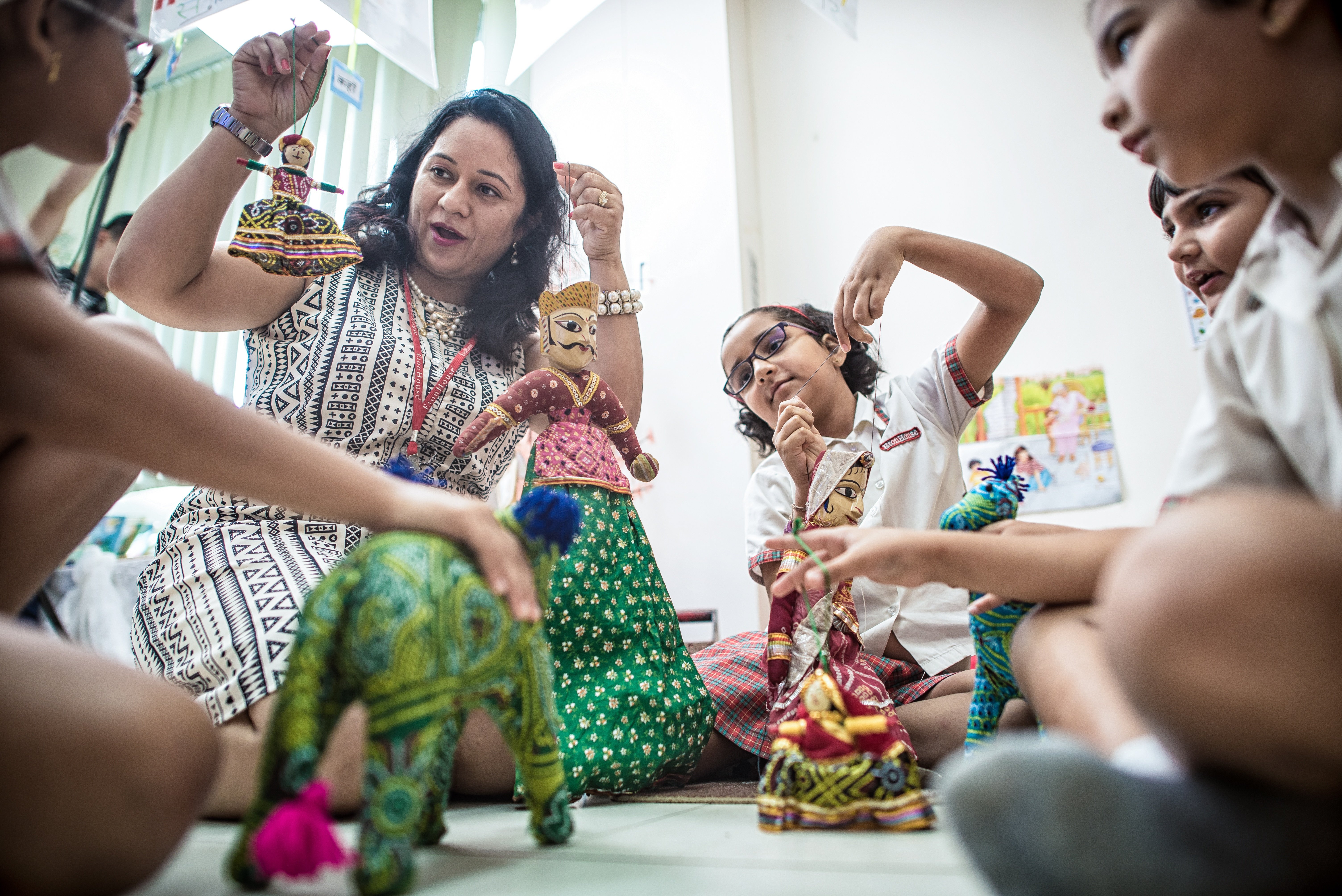-1.png)
EtonHouse Singapore
With globalisation and increasing interaction between people from diverse linguistic and cultural backgrounds, how do we foster intercultural understanding and respect in our children? The current wave of globalisation is reinventing many cities and households, making them more diverse than in the past. We now experience a heightened appreciation of cultural diversity and
We, as adults, are constantly learning something new and revisiting our notions of diversity, meeting unique families and getting to know traditions that are new and unheard of. Intercultural exchanges, building multicultural friendships, adapting to unfamiliar cultures and acquiring new languages are experiences that our children are bound to meet.
How can we see intercultural understanding from a child's point of view? Here are some questions children would possibly ask:
Why are my friends different from me?
Children have the ability to form friendships at a very young age. For some, it can come as a surprise to discover that their cultural values, beliefs, and traditions are not the same as others. Being naturally curious, they may wonder why this is so. It is essential to help children develop intercultural understanding by exposing them and role modelling interest in learning about other cultures. Opportunities to interact and build relationships with people of different backgrounds, such as organising playdates or including children in conversations, are a great way to give children a platform to share their stories and identities with others.
![Copy of [primary] 2016 broadrick 3rd Inter-School Chinese Competition 511 (1024x684)](https://parenting.etonhouse.edu.sg/hs-fs/hubfs/Copy%20of%20%5Bprimary%5D%202016%20broadrick%203rd%20Inter-School%20Chinese%20Competition%20511%20(1024x684).jpg?width=1024&name=Copy%20of%20%5Bprimary%5D%202016%20broadrick%203rd%20Inter-School%20Chinese%20Competition%20511%20(1024x684).jpg)
Where do I belong?
Modern families are so unique and diverse. They bring together, in one household, cultural perspectives, notions, traditions, heritage and sometimes genetic makeup from different parts of the world. We have often heard of the term ‘third culture’ children or children who have spent a large part or all of their growing up years outside of their parents’ culture and country.
Without constant communication to reinforce a sense of connection to places and the people living in them, children may face the risk of a loss of identity. It is important to give your child opportunities to engage in a variety of experiences and traditions from your own culture, as well as from different cultures. Be intentional in explaining your culture to your child, and participate in multicultural experiences together with them in school. These efforts will support your child in embracing internationalism and at the same time form self-concepts rooted in your own cultural context.
It is the continuous collaboration and sharing of perspectives between children from different geographical and cultural contexts that help develop international-mindedness.
When children are internationally-minded and become competent in considering the perspectives of others, they develop a deep-rooted sense of empathy, respect and understanding for people of different cultures and nationalities. Together, let's nurture global citizens who are able to thrive in today’s complex society.

